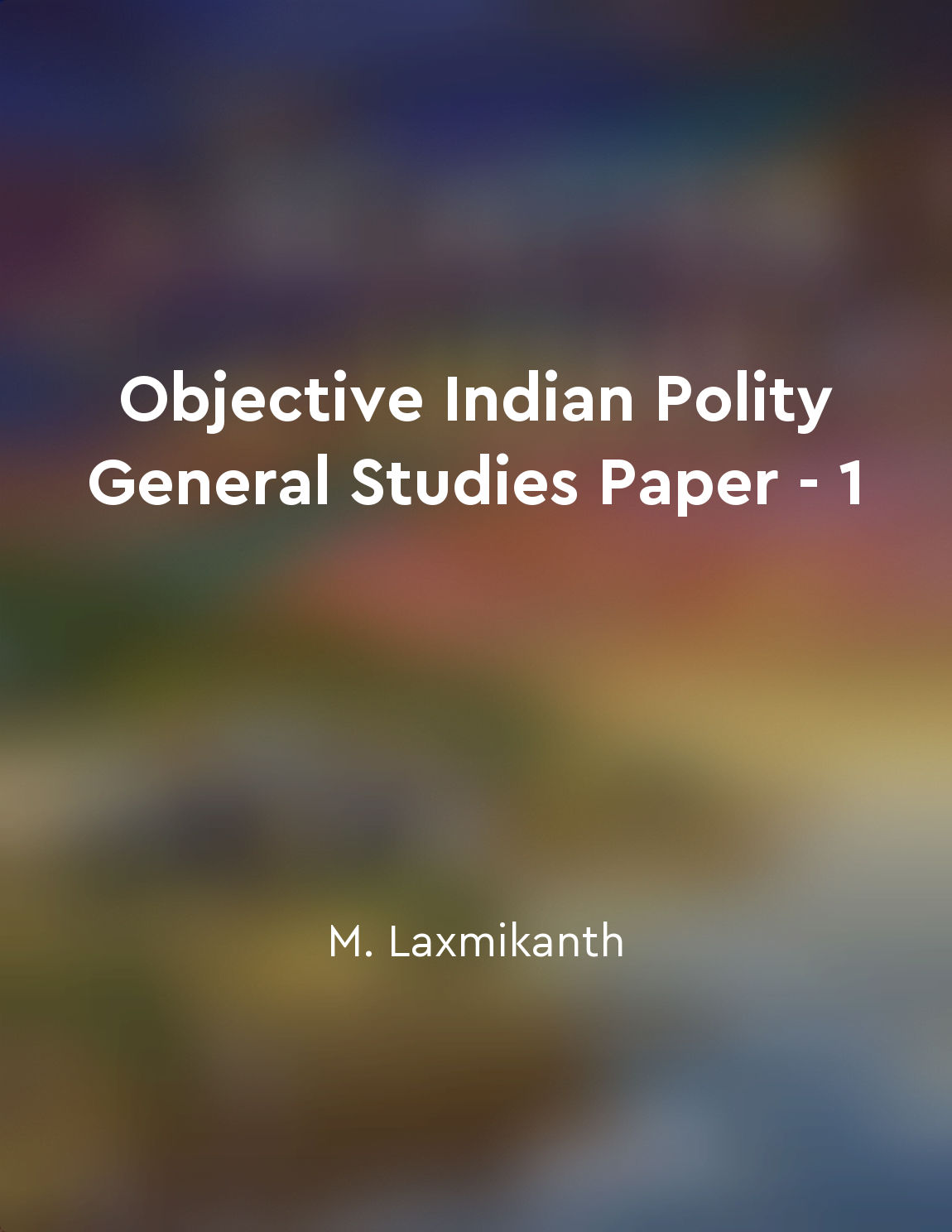Vice President of India from "summary" of Indian Polity and Constitution Book by Mocktime Publication
The Vice-President of India is the second-highest constitutional office in the country after the President. The Vice-President is elected indirectly by an electoral college consisting of members of both Houses of Parliament in accordance with the system of proportional representation by means of the single transferable vote. The Vice-President holds office for a term of five years from the date on which he enters office. He may resign his office by submitting his resignation to the President. The Vice-President may be removed from office by a resolution of the Rajya Sabha passed by an absolute majority (i. e., a majority of the total membership of the Hou...Similar Posts
Kalam's passion for innovation and progress shines through in every chapter
Kalam's unwavering dedication to innovation and progress becomes evident as one delves into the pages of this book. Each chapte...
Rajya Sabha
The Rajya Sabha, also known as the Council of States, is one of the two houses of Parliament in India, the other being the Lok ...
Equality before law is a fundamental principle
The Constitution of India upholds the principle that all individuals, irrespective of their background or status, are equal bef...
Auditor General
The Auditor General is a crucial constitutional office in India, responsible for auditing the accounts of the Government of Ind...

Judiciary plays a crucial role in upholding the Constitution
The Constitution of India is the supreme law of the land. It is the bedrock upon which the entire legal framework of the countr...
Vice President of India
The Vice-President of India is the second-highest constitutional office in the country after the President. The Vice-President ...

Features of the Indian Constitution
The Indian Constitution is known for its unique features that set it apart from other constitutions around the world. One of th...
Constitution of India is a living document that evolves with time
The Constitution of India is not a static document frozen in time, but rather a dynamic and evolving framework that adapts to t...
